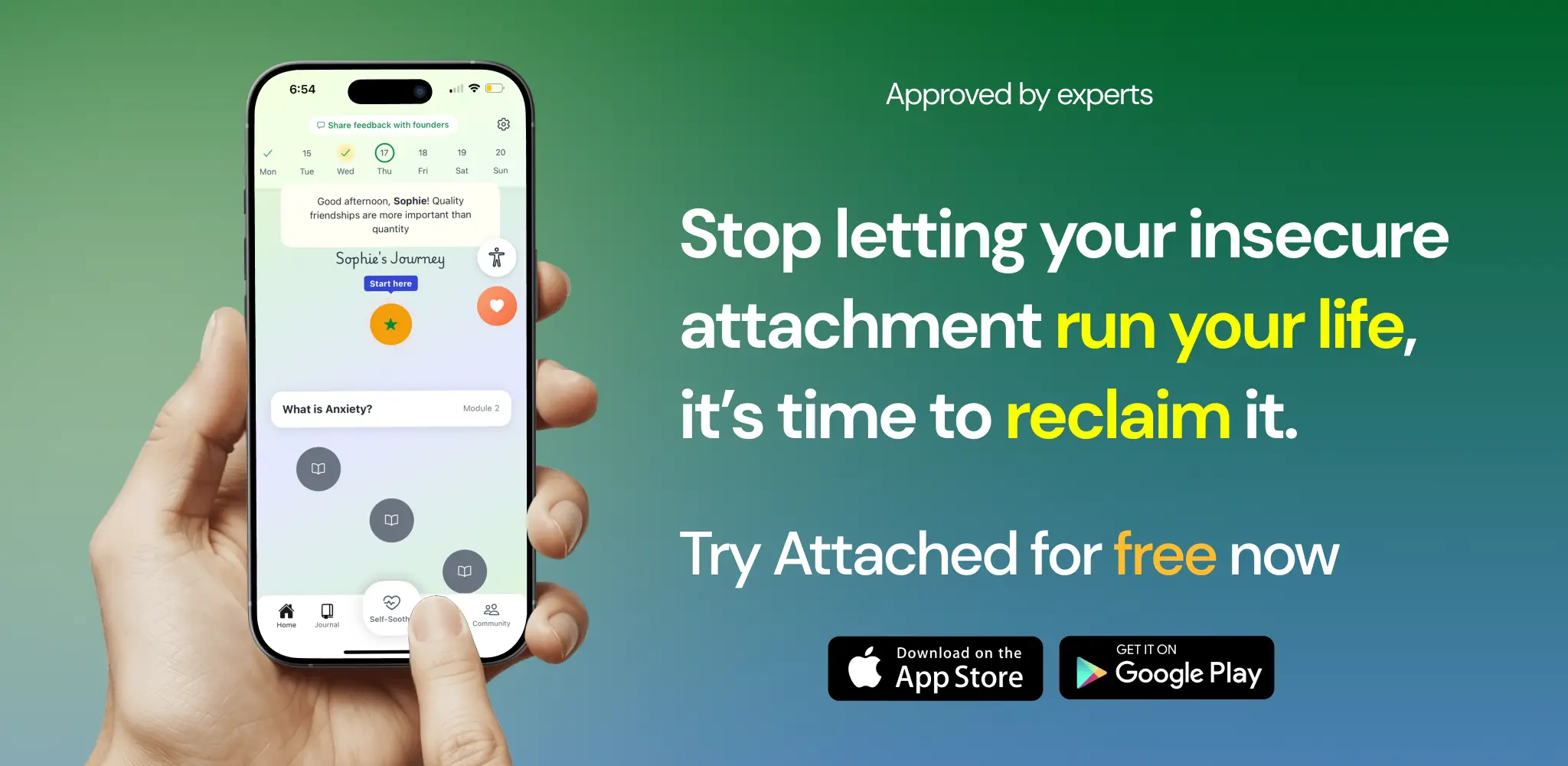Why Avoidants Are Attracted to Anxious Partners (According to Attachment Theory)

Why Avoidants Are Attracted to Anxious Partners (According to Attachment Theory)
Your brain doesn’t care if love feels safe or not.
It only cares if it feels familiar.
I used to think I was just “unlucky in love.” I’d fall for people who pulled away the moment I got close. I’d wait for the text. Rehearse what I’d say. Pretend I didn’t care. And when they came back, I’d feel relief so strong it almost hurt.
I called it connection.
It was actually anxiety.
That’s why anxious and avoidant partners, who seem like opposites, are magnetized to each other.
It’s not chemistry. It’s survival wiring.
Anxious and Avoidants
Anxious types crave closeness. They text fast, overthink silence, and scan for signs of rejection. Their nervous system stays on high alert, constantly asking, “Are you still there?”
Avoidant types crave independence. They need space to breathe. Too much closeness feels suffocating. Their body says, “Back off, I’ll lose myself.”
When the anxious reaches out, the avoidant pulls away. When the avoidant withdraws, the anxious panics and reaches harder.
Push, pull.
Closeness, distance.
Pursue, retreat.
Each reaction confirms the other’s deepest fear: I’m too much. I’ll be left.
That’s the anxious-avoidant trap.
The psychology behind the attraction
Attachment theory (Bowlby, 1969; Ainsworth, 1978) explains that we bond according to how safe or unsafe love felt in childhood. If love meant inconsistency: sometimes warm, sometimes withdrawn, our brains learned to equate unpredictability with connection.
So, when an avoidant person pulls back, the anxious partner’s system lights up. Dopamine, cortisol, adrenaline… they flood the body. It feels intense, urgent, romantic. But it’s actually stress.
Why avoidants are attracted to the anxious
Avoidants, meanwhile, often grew up needing to self-soothe alone. They’re subconsciously drawn to partners who activate them just enough to feel something… but not so much that they lose control. The anxious partner’s energy feels alive. Familiar. Dangerous in the right way.
This is why both partners stay locked in the cycle. The relationship triggers the same nervous system patterns each person learned as a child: fear of abandonment on one side, fear of engulfment on the other.
What’s really happening underneath
It’s not that the avoidant doesn’t care. Or that the anxious can’t calm down.
They’re both protecting themselves.
The avoidant hides behind walls because love once felt overwhelming.
The anxious chases connection because love once disappeared without warning.
Each is trying to survive the ghost of an old wound.
One by running.
The other by clinging.
When you see it that way, it stops feeling personal. It starts feeling human.
That moment you feel abandoned? It’s your nervous system replaying your childhood or an old story, begging for a new ending.
So what breaks the cycle?
Awareness first. Naming the pattern takes power away from it.
Then, regulation. When your body starts to panic or shut down, that’s your attachment system firing. Slow your breathing. Feel your feet. Remind yourself: This is an old pattern, not a present threat.
Finally, build secure attachment, inside yourself first. That means learning to self-soothe without withdrawing, and to reach out without clinging.
Love can feel safe. But only when it’s chosen from calm, not panic.
The app to help you feel better, less anxious immediately
Love shouldn’t be painful. The No. 1 app to help you explore your relationships and attachment style so you can become happy and free, backed by attachment science.
The Attached app helps make this process easier with:
- Daily Exercises for habit-building
- Self-Soothe Mode for tough emotional moments
- Journal to find hidden emotional patterns
- Weekly insights from Eden, your relationship guide
Download Attached for free and start working toward secure attachment.
References:
- Bowlby, J. (1969). Attachment and Loss: Vol. 1. Attachment.
- Ainsworth, M. D. S. (1978). Patterns of Attachment: A Psychological Study of the Strange Situation.
- Mikulincer, M., & Shaver, P. R. (2007). Attachment in Adulthood: Structure, Dynamics, and Change.
- Fraley, R. C., & Shaver, P. R. (2000). Adult romantic attachment: Theoretical developments, emerging controversies, and unanswered questions. Review of General Psychology, 4(2), 132–154.

